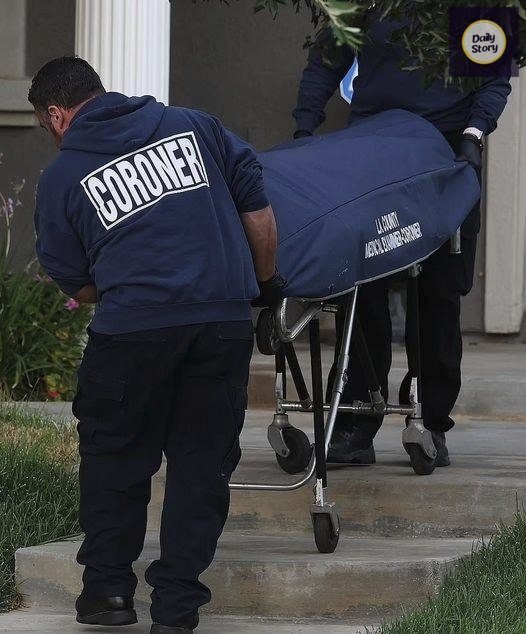The bodies of three men were recovered from a mudslide near Lillooet, British Columbia. This tragedy struck a quiet stretch of Highway 99, leaving one person still missing, amid dangerous terrain and treacherous after-storm conditions. Local RCMP forces confirmed the grim discovery in a week-long search operation.
On Wednesday, rescuers located the first deceased individual, triggering sorrow and increased urgency throughout the rescue teams. Then, on Thursday, two more bodies were found, intensifying the heartbreak for families and loved ones. These findings were confirmed by B.C. Chief Coroner Lisa Lapointe.
Despite tireless efforts into Friday, search teams were unable to locate the fourth man reported missing. Weather conditions and unstable ground made the search exceedingly difficult. Coroner Lapointe stressed the challenges but reiterated that authorities are searching every possible lead.
Earlier in the week, on Monday, rescuers recovered the body of a woman from the slide site. She is believed to be the first confirmed fatality in this particular mudslide event along that stretch of highway. Her recovery added to the mounting human cost of the disaster.
The slide site remains perilous, with avalanche‑like debris, saturated soil, and continuous threats of further collapse. Emergency crews and search-and-rescue teams are working under constant risk. Safety measures have limited access and slowed progress significantly.
Highway 99, known also as Duffey Lake Road in that region, has suffered multiple closures and disruptions. Many travelers were stranded in traffic or forced to turn back amid the unfolding crisis. The road remains under tight control by authorities while debris removal and inspections proceed.
Local residents and emergency volunteers have rallied around the families affected. Community members are offering support through food, shelter, and emotional care. Fundraising campaigns have sprung up online, reflecting widespread solidarity in the face of tragedy.
Among the people missing are those who were travelling in vehicles that may have been swept away or engulfed by mud and water. Witness testimonies described cars being carried or crushed under sliding earth. The uncertainty continues to weigh heavily on families and authorities alike.
Coroner Lapointe and law enforcement teams are coordinating the identification of the recovered bodies. DNA, dental records, and family confirmation will help provide closure. Meanwhile, next-of-kin have been notified where possible, though many are still waiting for answers.
Officials are investigating the precise cause of the mudslide. Early reports suggest extreme rainfall was a major contributing factor, saturating soil and triggering landslides. Powers of nature combined with vulnerable terrain have exacerbated the damage.
Geological experts are assisting in assessing the slope stability and water flow in the area. They are studying drainage patterns, hillside erosion, and historical maps to understand the risk profile. Lessons learned here may inform future safety measures.
In the aftermath, local leadership has promised aid in housing and counseling for survivors and displaced families. Temporary housing units are being arranged. Mental health professionals are being brought in to help the community cope with the emotional toll.
As winter approaches, concerns grow about aftershocks—smaller slides, rockfall, or more ground instability, especially with freezing and thawing cycles. Monitoring teams are being deployed to track changes in the landscape. Weather advisories are in place to alert travelers.
Media coverage has helped amplify the impact of the event. Stories from survivors, witnesses, and volunteers provide personal insight into the fear and the heroism involved. Social media has brought worldwide attention, enhancing resource mobilization.
Through the darkest hours, a strong sense of unity has emerged among the people around Lillooet. Acts of kindness—sharing meals, opening homes, helping with cleanup—are frequent. As the community starts rebuilding, hope remains that these gestures will help heal wounds and restore trust in safety and resilience.
